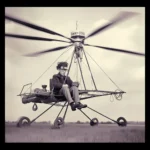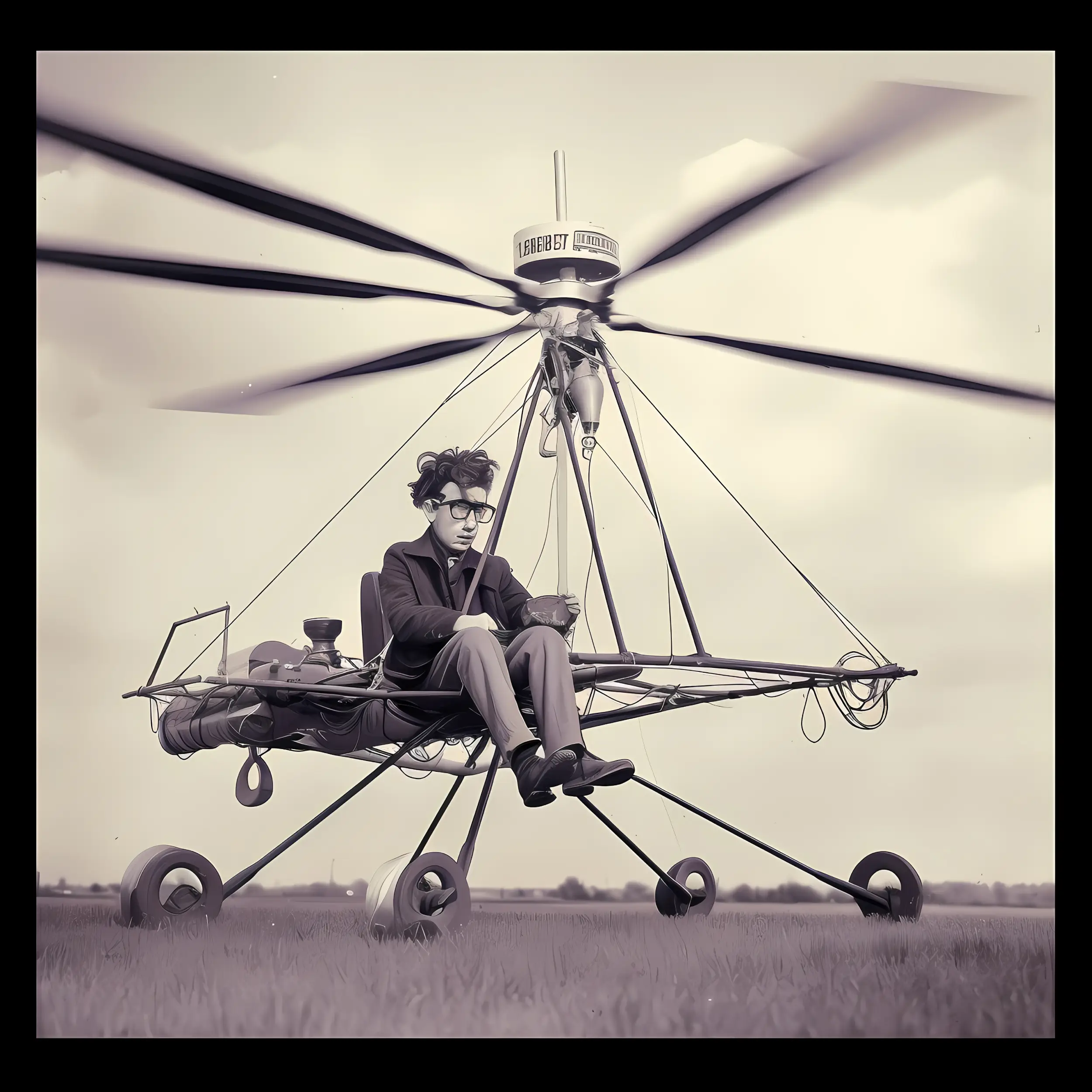In the annals of aviation history, several visionaries, inventors, and engineers contributed to developing the remarkable machine known as the helicopter. However, the credit for inventing the first fully functional, practical helicopter goes to Igor Sikorsky.
Igor Sikorsky invented the first helicopter ever
Igor Sikorsky, born in Kyiv, Russian Empire (now Ukraine), in 1889 had been intrigued by aviation from a young age. Inspired by Leonardo da Vinci’s “aerial screw” and Jules Verne’s “Clipper of the Clouds,” he dedicated his life to making vertical flight a reality.
While working on fixed-wing aircraft, Sikorsky realized the potential of a machine capable of vertical take-off and landing. His first attempt, however, the S-1, did not fly. But he didn’t lose heart. A few iterations later, the S-6B, a fixed-wing airplane, won him acclaim and support from Tsar Nicholas II.
The Russian Revolution interrupted Sikorsky’s plans, forcing him to immigrate to the United States in 1919. Here, he founded the Sikorsky Aero Engineering Corporation with the financial help of fellow Russian émigrés, mainly Sergei Rachmaninoff, the world-renowned composer and pianist.
After years of experimentation and design refinement, Sikorsky’s first successful helicopter, the VS-300, took to the skies on September 14, 1939. This model had a single three-blade main rotor and a tail rotor, a design that has been a standard ever since. It marked a monumental breakthrough in aviation history – the invention of the first practical helicopter, fully controllable and capable of hovering and vertical flight.
But Sikorsky’s innovation continued. In 1942, he introduced the Sikorsky R-4, the first helicopter to be mass-produced and used in active service, notably during World War II. This further solidified Sikorsky’s position as the pioneer of rotary-wing aviation.
Sikorsky had inspiration from others
It’s important to remember that while Sikorsky is often credited as the helicopter inventor, he stood on the shoulders of other inventors and pioneers who contributed to the development of vertical flight. For instance, in the early 20th century, French inventors Paul Cornu and Étienne Oehmichen built and flew rudimentary helicopters, which were unstable and difficult to control.
In helicopter development, Sikorsky was not an isolated genius but a significant figure who built upon existing ideas and brought them to fruition. His work was not solely the invention of the new machine but the culmination of centuries of dreamers and thinkers envisioning flight beyond the restrictions of traditional fixed-wing aircraft.
In conclusion, the story of who invented the helicopter is a tale of grit, perseverance, and the enduring human spirit to push the limits of possibility. Igor Sikorsky, an iconic figure in this saga, realized the dream of vertical flight with his VS-300 and R-4 models. Today, as helicopters play a vital role in countless applications, from search and rescue to news coverage, we owe a debt of gratitude to Sikorsky and the many innovators who preceded him.
Notice that the post image is an illustration, and NOT, an actual image of Sikorsky and his helicopter.





